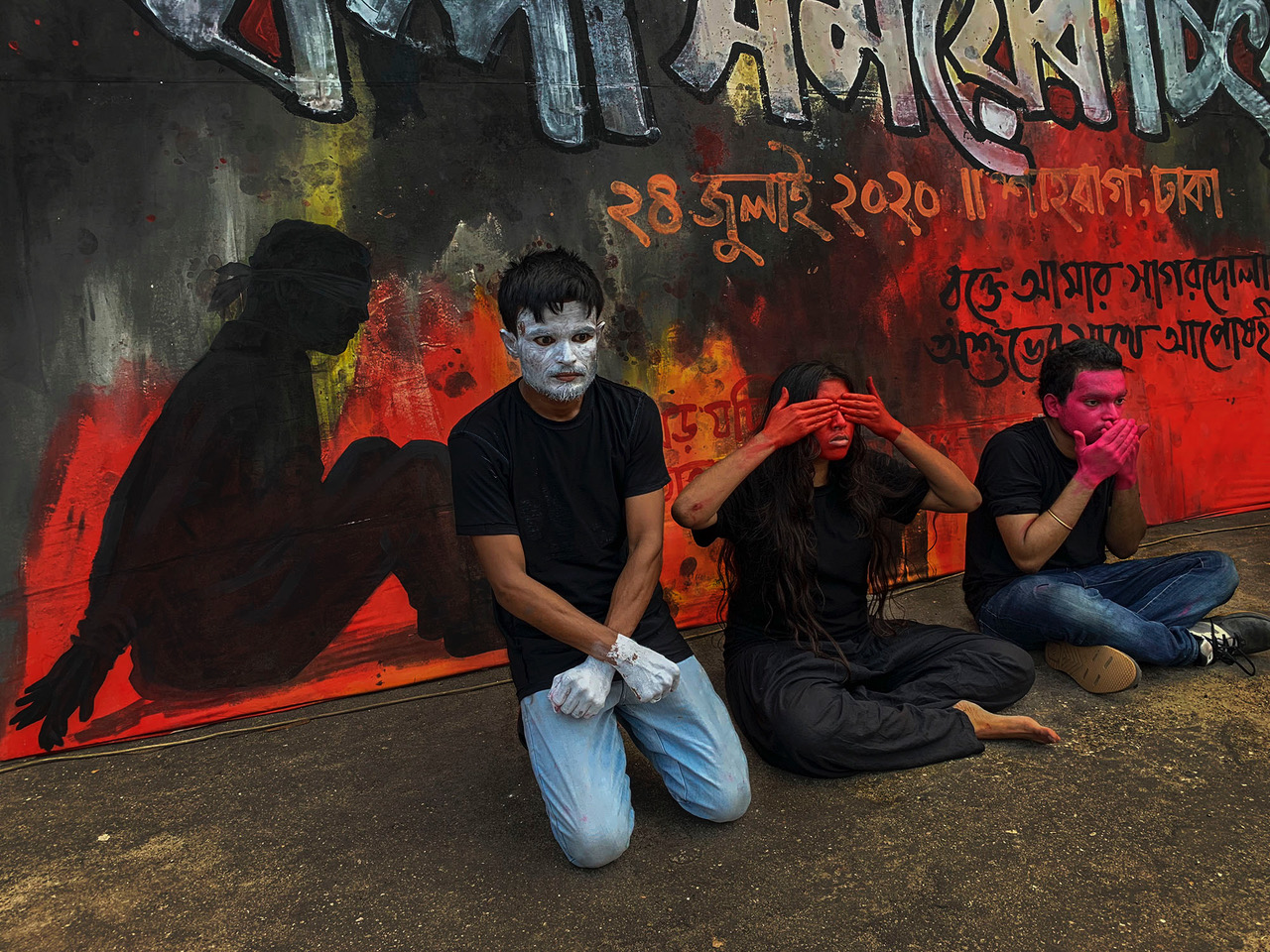Project Description:
Indonesia’s Sumatran orangutan is under severe threat from the incessant and ongoing depletion and fragmentation of the rainforest. As palm oil and rubber plantations, logging, road construction, mining, hunting and other development continue to proliferate, orangutans are being forced out of their natural rainforest habitat.
Organizations like the OIC (Orangutan Information Centre) and their immediate response team HOCRU (Human Orangutan Conflict Response Unit), rescue orangutans in difficulty (lost, injured, captive…) while the SOCP (Sumatran Orangutan Conservation Programme) cares for, rehabilitates and resocializes orangutans at their purpose-built medical facility, aiming to reintroduce them into the wild and to create new self-sustaining, genetically viable populations in protected forests.
That we share 97% of our DNA with orangutans seems obvious when you observe their human-like behavior. Today, with just over 14,000 specimens left, the Sumatran orangutan (Pongo Abelii) along with the 800 specimens of the recently discovered Tapanuli species (Pongo tapanuliensis), are listed as critically endangered by the International Union for Conservation of Nature (IUCN).
Image 1: Sibolangit, SOCP Quarantine Centre, North Sumatra, Indonesia.
The whole SOCP team works together to prepare Brenda, an estimated 3-month-old female orangutan (she has no teeth yet), for surgery. A sedative is administered, the arm is shaved, her temperature is taken, while others hold her head or her hand out of compassion for the baby.
During the three-hour procedure, Dr. Andreas Messikommer, a renowned orthopedic surgeon invited from Switzerland, will place a pin and screws to secure the damaged humerus.
Brenda was confiscated from a villager in Blang Pidie on the west coast of Aceh who was keeping her as a pet.
Image 2: Sibolangit, SOCP Quarantine Centre, North Sumatra, Indonesia.
Substitution mother Selvi, is teaching Otan, a 3-year-old male confiscated from a home in West Java by JAN (Jakarta Animal Network), to climb trees in the forest school at the SOCP Quarantine Centre. Working together on a daily basis, Selvi and Otan have developed a strong mother/child bond. Like humans, the mother orangutan has to teach her kids everything they need to know to survive on their own. Here at the center, human caregivers take on that maternal role. It is the first step in a teaching, socialization and rehabilitation program with the goal of release at the age of 7 to 8 years old. This corresponds with the age when orangutans naturally leave their parents in the wild.
Image 3: Sibolangit, SOCP Quarantine Centre, North Sumatra, Indonesia.
Brenda, an estimated 3-month-old female orangutan (she has no teeth yet), was confiscated from a villager in Blang Pidie on the west coast of Aceh. Her left arm humerus was completely snapped in two. Yenny, the SOCP’s vet, is standing next to Brenda’s X-ray that reveals the broken bone.
The 3-hour operation was led by Dr. Andreas Messikommer, a renowned orthopedic surgeon invited from Switzerland whose more usual patients are people in and around Lausanne and Montreux.
Image 4: Indonesia, Sumatra, Aceh province, Jantho Reintroduction Centre located in the Jantho Pine Forest Nature Reserve.
At dawn, veterinarian Pandu crosses the Krueng Aceh river in a small boat carrying Diana, an 8-year-old female orangutan, for a final release. But this is not Diana’s first attempt. In 2014, she was released unsuccessfully having to return several times to the SOCP Quarantine Centre in Sibolangit for a variety of ailments. Having been domesticated, Diana had difficulty adjusting to forest food and on her last visit to the clinic, they discovered she had malaria (an extremely dangerous illness for an orangutan) that required a blood transfusion. Since, she has been on a strict diet of leaves but it remains to be seen if she will successfully adapt to the jungle this time.
Diana has developed a particular bond with Pandu over the years and is so comfortable with the vet that she just climbs on his back for the ride across the river.
The goal of the Jantho Reintroduction Centre is to establish a new, wild and sustainable Sumatran orangutan population within the Jantho Pine Forest Nature Reserve. Since 2011, over 100 orangutans have been released back into their natural habitat and several new births have been recorded.
Image 5: Sibolangit, SOCP Quarantine Centre, North Sumatra, Indonesia.
Sedated and transported by wheelbarrow from her enclosure, Asha is going for a medical check. This 20-year-old female, arrived two years ago (2017) in critical condition with a broken right hand, fractured hip and gangrene of the left hand from being beaten, leaving her thumb nonfunctional. As rain falls, a team member shelters her with a giant leaf.
































































































































